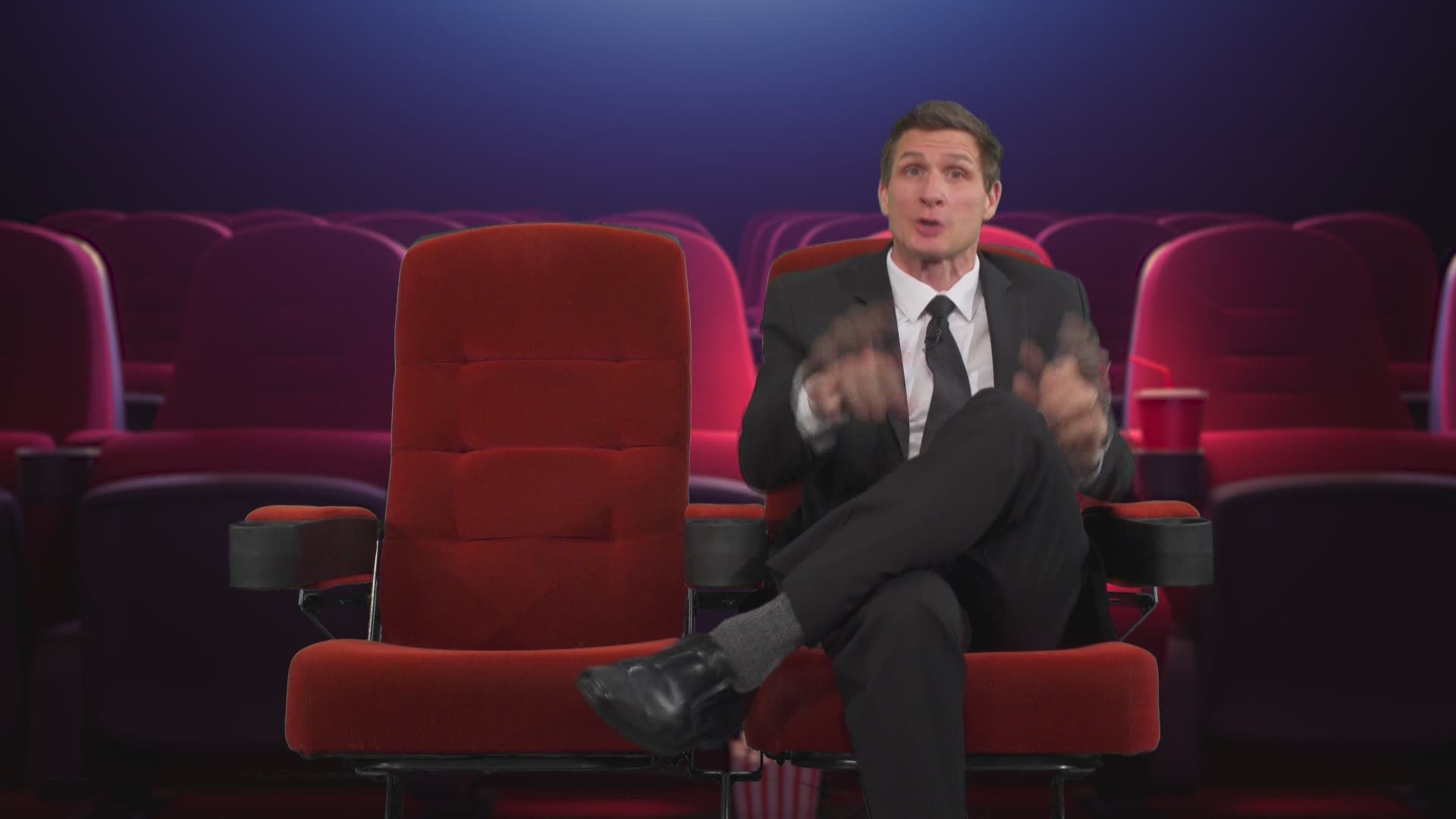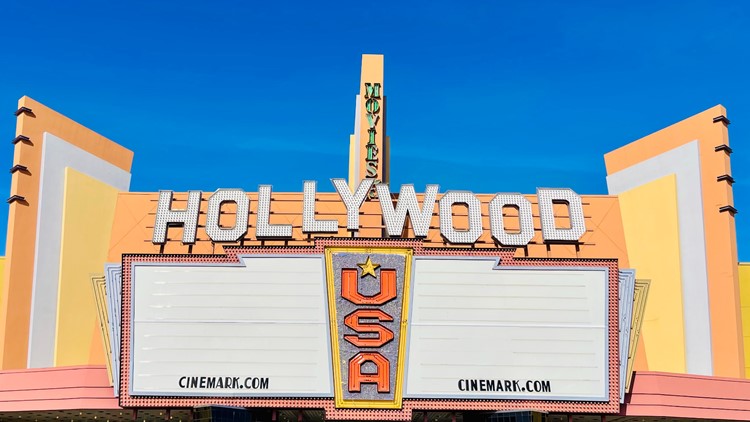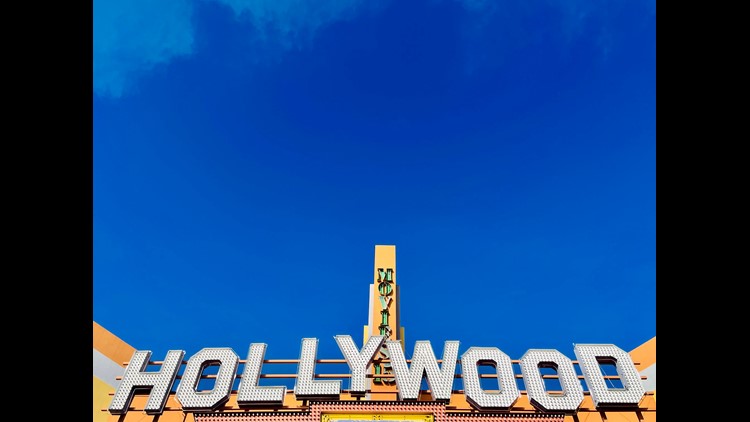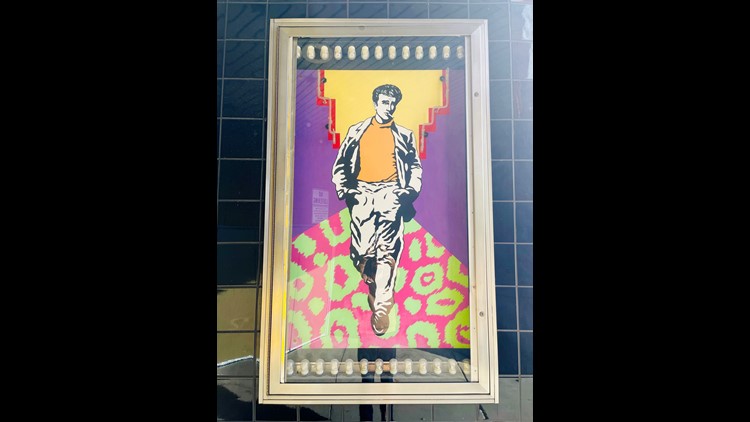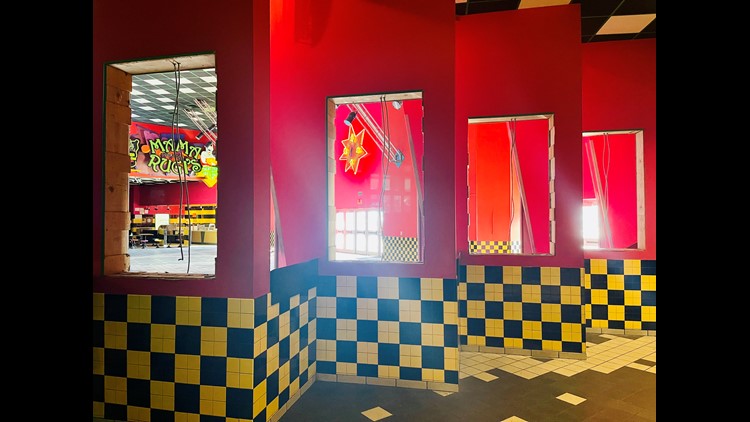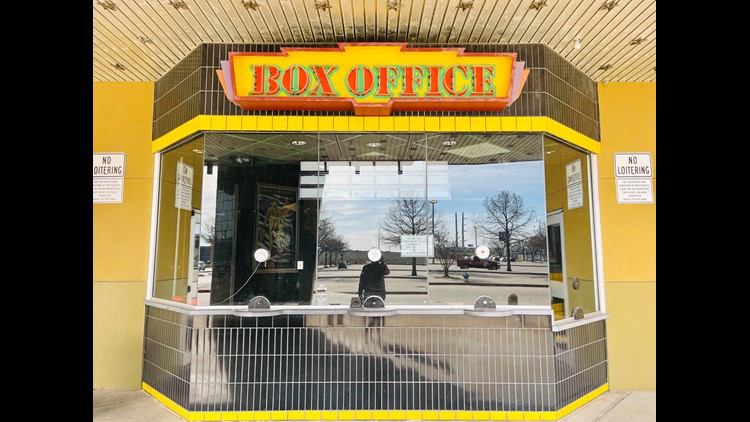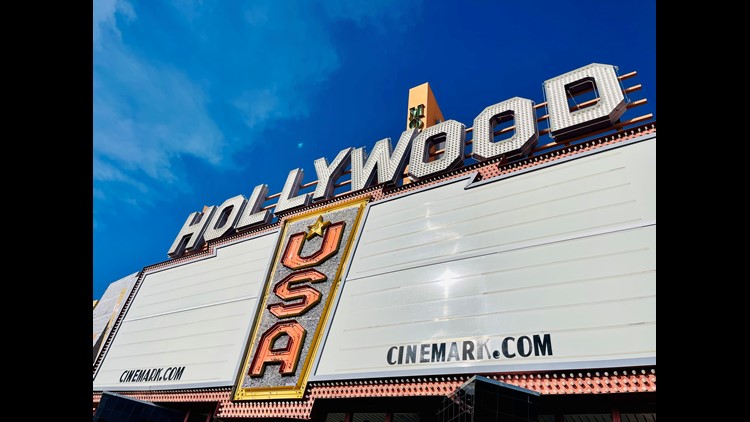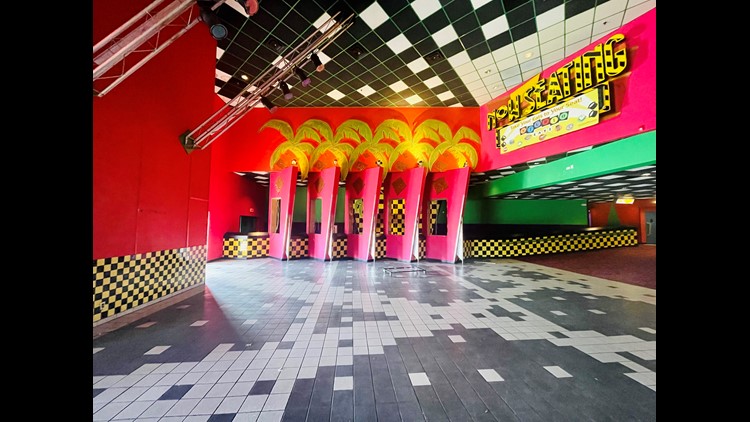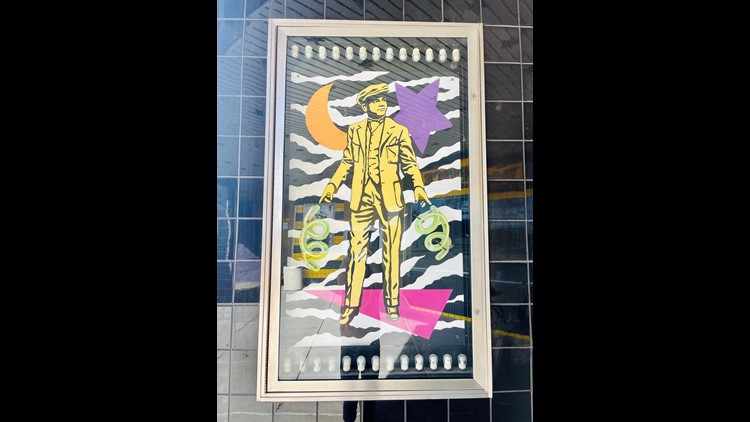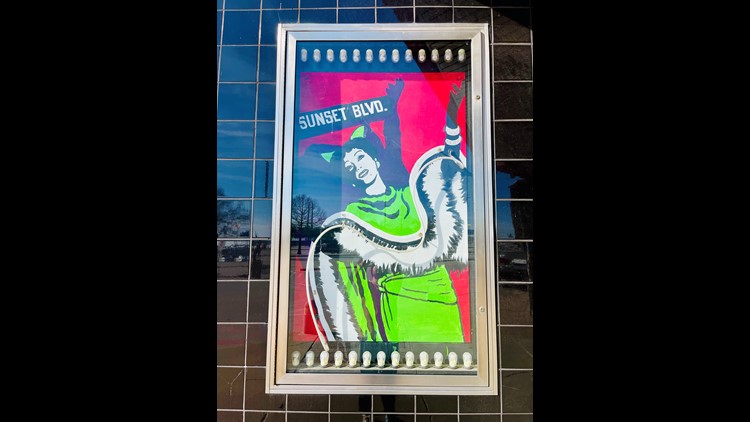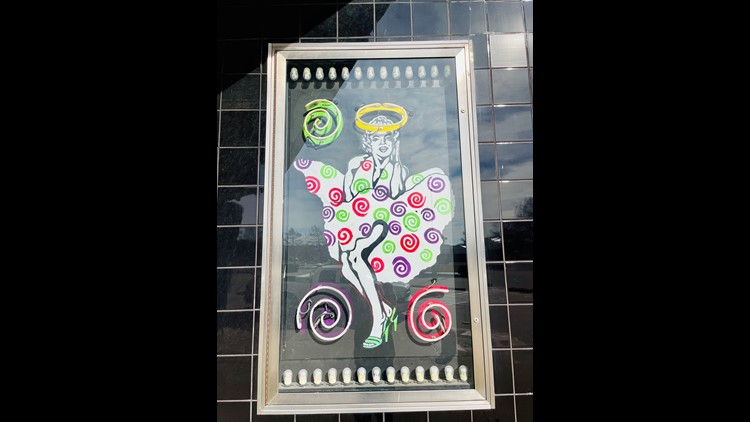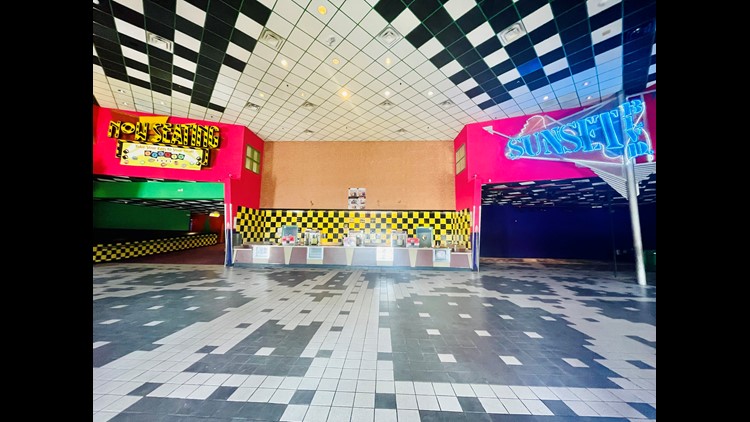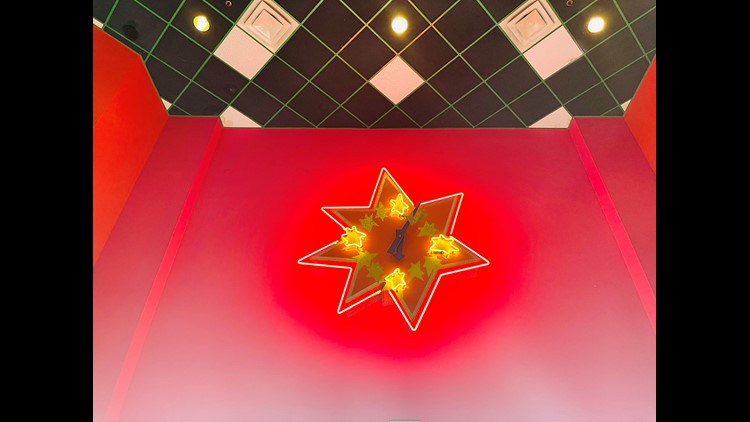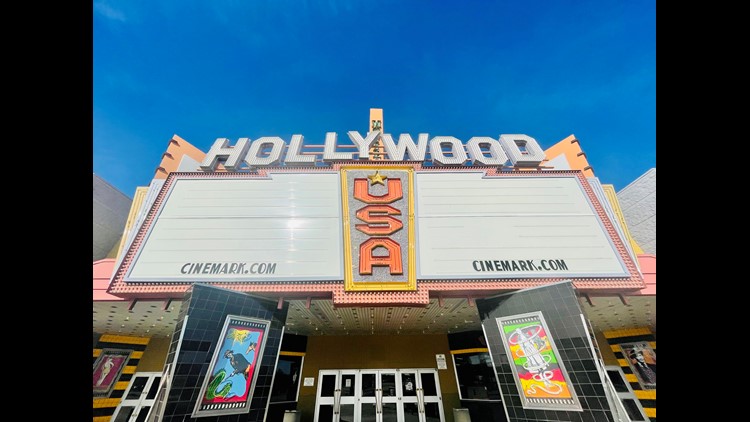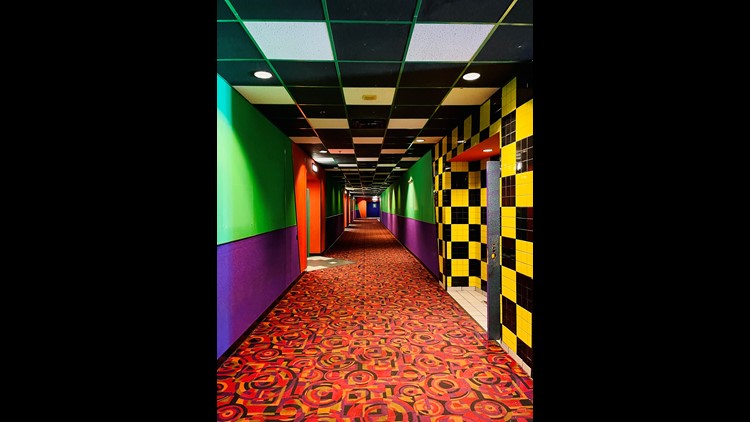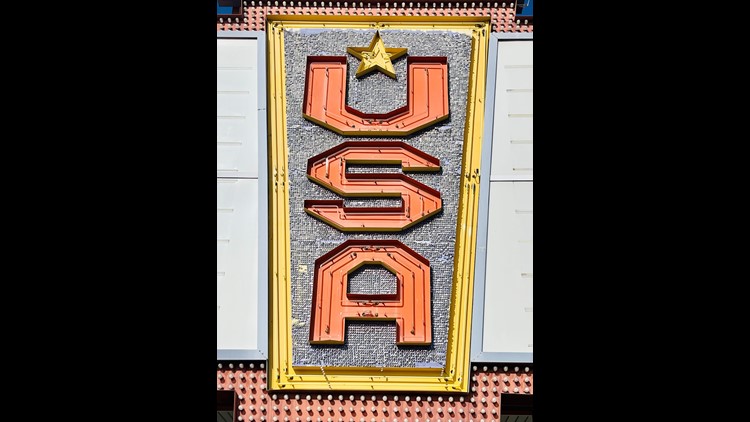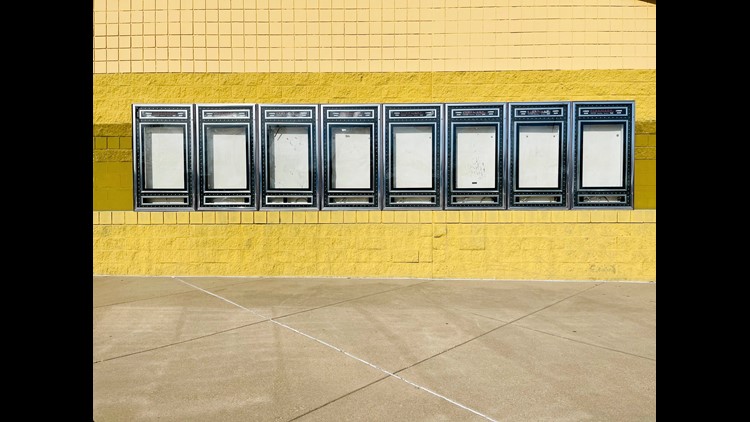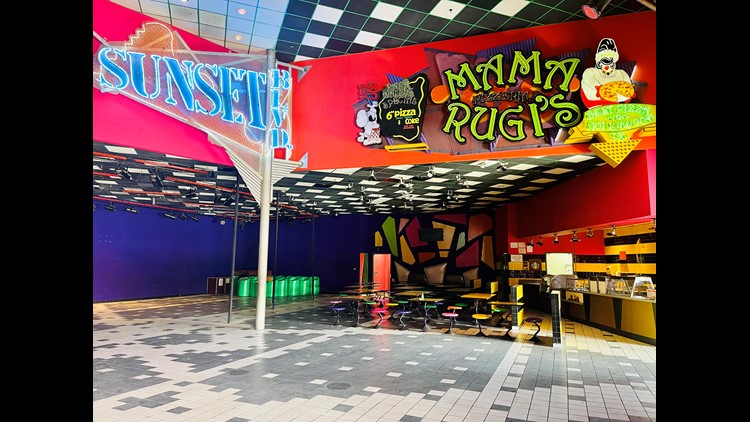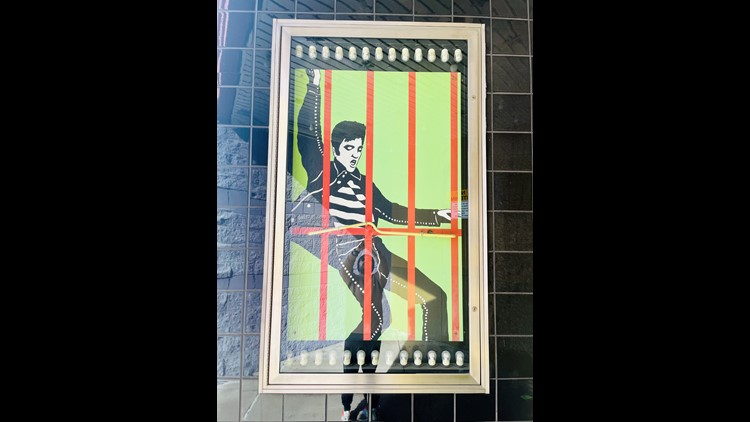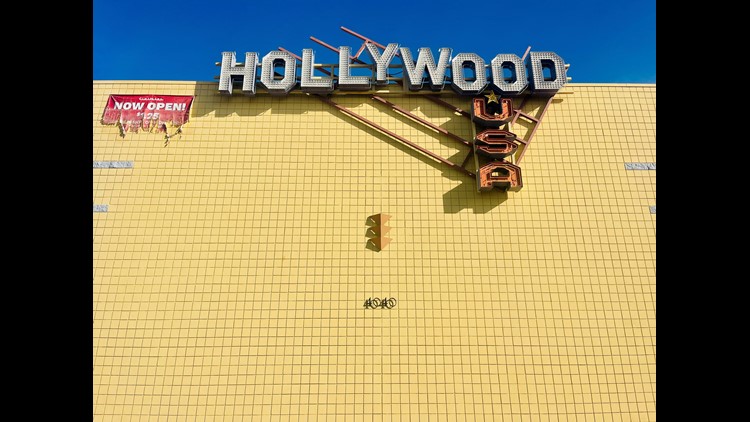GARLAND, Texas — As soon as I heard about the recent shuttering of the Cinemark Hollywood USA theater in Garland, I was flooded with a rush of emotion.
The Dallas Observer was the first to report the news: Citing "normal course of business and the result of the careful and ongoing review of our theatre fleet," a representative for the Plano-based Cinemark Theatres chain confirmed to the Observer what the website and social media channels for the last dollar movie theater in Greater Dallas had already posted; the 15-plex movie house had quietly closed its doors in December, and shuttered its operations for good.
There would be no more screenings to be caught in what was once upon a time my neighborhood theater growing up.
Learning this saddened me to the core, immediately. I don’t think I have more nostalgia for any other classic theater in Dallas than I do this one. (NorthPark I & II are the only other screens in town that even remotely come close.)
I saw almost everything at the Hollywood USA back in its heyday. I can’t even tell you how many times I saw Batman Forever here. (I mean, sure I can -- but I won't.) The first time I ever saw an original trilogy Star Wars film inside of a movie theater, and on the big screen, was here. The first "date" I ever went on took place here. (It was actually a triple-date in middle school. The movie was saw was Stigmata. Mistakes were made.) I spent more birthdays here than I can even remember.
The list goes on and on.
As a kid, I used sit in the front row here, just so that I could feel closer to the movie, almost inside of the screen. Animated Cinemark mascot Front Row Joe was almost certainly my best friend.
The Hollywood USA was special for reasons beyond my own connection to it. It really was one of the first of its kind.
At 15 screens, it was a transitional theater of sorts, a step up from your standard five- to 10-screen neighborhood multiplexes of the '70s and '80s, And yet it was also a precursor to the gargantuan stadium-seating multi-screen megaplex of the mid-'90s that would soon become our modern standard. (Fun fact: Dallas actually also had the first megaplex of its kind in the whole United States with the opening of the AMC Grand 24 in 1995. That Northwest Highway complex, which most recently existed as part of the Dallas-based company Studio Movie Grill's portfolio, itself permanently closed in 2021, sadly enough.)
More than that, though, the Hollywood USA clearly had more personality than any other theater of its day.

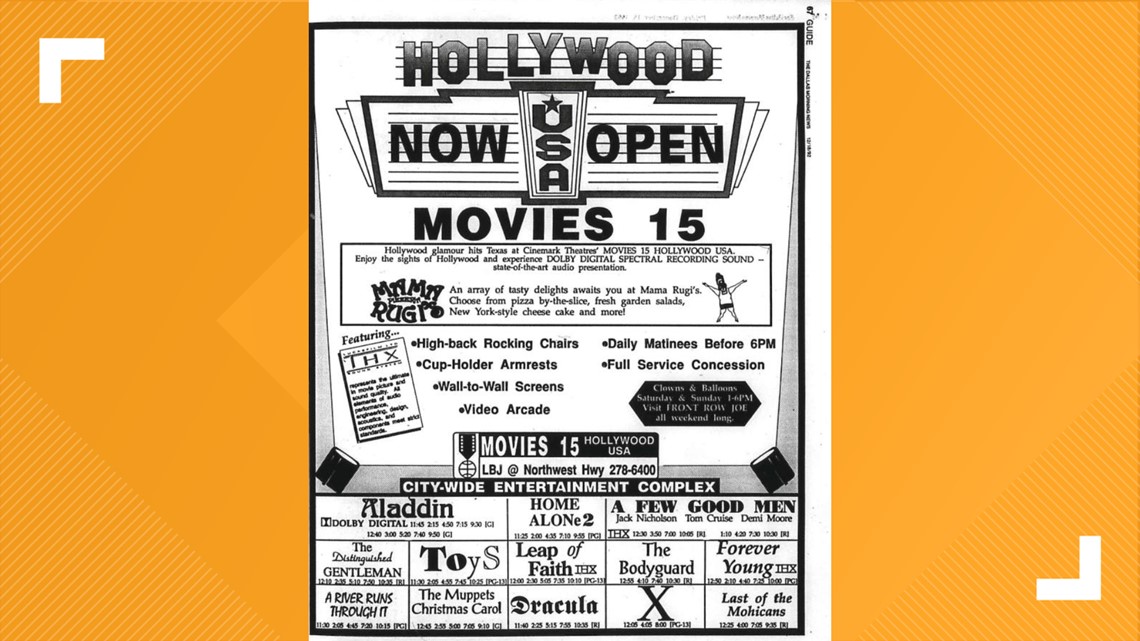
It opened on December 18, 1992, with an incredible slate that included The Bodyguard, A Few Good Men, Aladdin, Home Alone 2: Lost in New York, X, The Last of The Mohicans, A River Runs Through It, Toys, Dracula, The Muppets Christmas Carol and more major releases from the tail-end of a stacked year in cinema.
I was there that very first weekend. It was such an event -- a big premiere-like atmosphere, complete with searchlights scanning the sky -- and so fitting of the Hollywood name it claimed. From the theater’s Art Deco exterior that echoed Grauman's Chinese Theatre in Los Angeles, to handprints and footprints in the cement walkways out front, and even to the neon pop art portraits of various silver screen stars and starlets throughout its halls, everything about it felt glamorous.
On the other end of the spectrum, who could forget the greatness of the talking trash cans?!?!
Meanwhile, where do I even begin to describe the inside of this space?! The sprawling snack bar. The mega arcade. Mama Rugi’s pizza place (aka the "Best Pizza in Hollywood, TX!"). The bright pinks, greens, purples, yellows, oranges and electric blues with stark black and white checkerboard contrasts. The neon signs, neon palm trees, neon everything.
If anything, this place was a time capsule of early '90s design, but that very specific aesthetic where the '90s harkened back to the '50s.
It was Modern Pop meets Timeless Cool.
It was Andy Warhol meets a Trapper Keeper.
The last picture show: The Cinemark Hollywood USA in Garland has closed
Then, as the area around the theater changed, and as moviegoers stopped attending opening weekends en masse, leaving the real Hollywood to respond with a switch in its release strategies, the Hollywood USA in Garland also shifted. It was transitioned from a first-run theater to a value theater, which it remained until it was the last dollar movie house standing in Greater Dallas.
And yet, as other theaters from its era around town were being revamped and renovated with modern movie luxuries like recliners (including the once futuristic and groundbreaking United Artist Galaxy Stadium 9 located right across the Interstate 635 highway, once home to the largest screen in Texas), the Hollywood USA remained a relic to 1992, staying frozen in time like Encino Man himself (another 1992 relic).
And now, sadly, in what would've been its 30th year in operation, the Hollywood USA in Garland joins so many bygone historic Golden Aga cinema palaces from the very era of Hollywood to which it paid homage.
Most movie theaters today aren't anything like this one was. They're simply big buildings with black-boxed rooms inside that project light onto a screen -- just another source of entertainment to a lot of folks. Some come and some go. Many are simply forgotten as they are replaced by car dealerships, big-box stores or whatever makes the most modern commerce sense for these prime real estate pieces and footprints.
But, for some of us, these theaters are historical and almost holy grounds. They're our sacred cinematic churches, a part of the narrative where it's as much about where we saw the movies as the movies we were seeing -- an experience intertwined within itself. Yes, a movie is magic in its own right, of course. But in a theater, on a screen and with an audience is where the magic truly happens.
If you’re not a bleeding heart cinephile who oozes nostalgia and romanticizes the movies like I do, I understand that this notion might be hard to connect with. But these buildings are a part of who I am. They shaped me as much as movies themselves did, both personally and professionally. (I guess it should come as no surprise that I ended up in the movie theater business as an adult.)
When I stopped by last week to pay my own respects to the Hollywood USA, I saw a building that was a shadow of its former self, yes. But I also saw a space that, in its glorious youth, strove to be more than just another blank building with entertainment inside.
As fate would have it, a gentleman inside the building was kind enough to open the doors to the theater when I got there. He even let me walk around the inside for a few minutes. What a treat that was to take one last stroll through that important temple of my youth.
Yeah, I still wish I had the chance to see one last movie light up one of this theater's silver screens, but I’m thankful I at least got to take one last reflective look and walk through those hallowed halls of the Hollywood USA.
The screens and the projectors may now be dark, but I will always have the remembrance of this old and special movie house to light up my brain and my heart whenever I need it.
I couldn't be more grateful for that, I don't think.
Thank you for all the movies, Hollywood USA. And for the memories, too.
A North Texas native, James Wallace is a longtime Dallas-area film critic who previously worked as the creative manager/programmer and creative director for Alamo Drafthouse North Texas and currently works as the director of events and partnerships for the Dallas-based horror publication Fangoria. A previous version of this essay initially appeared on his social media.

